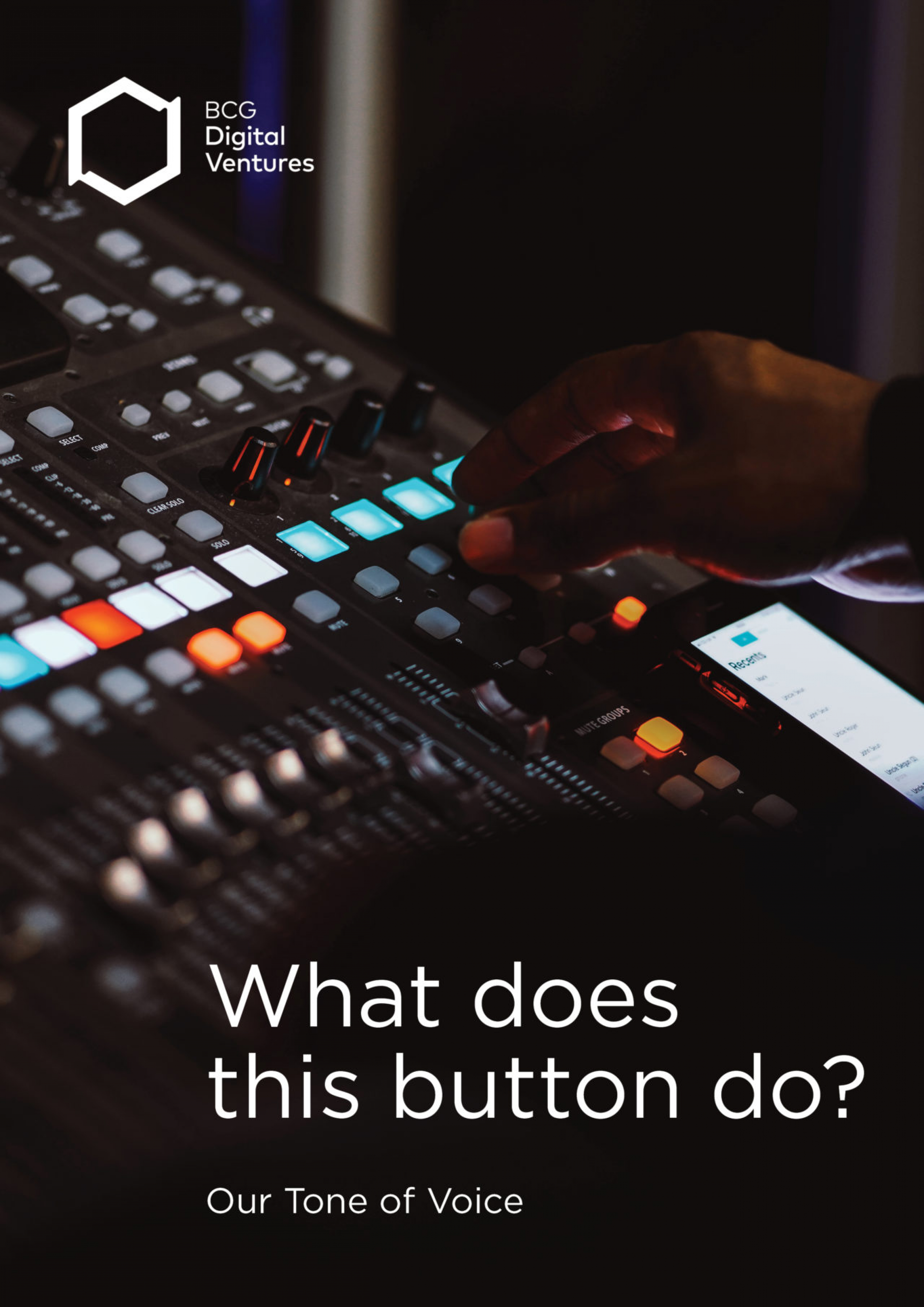

The real value of B2B branding
We all know brands are valuable: they get created, bought and sold, they show up on balance sheets and help us all make decisions each and every day, from what we buy to where we work.
In the world of B2B, however, there has not always been the same level of acceptance.
In the words of one recent B2B client, “I undervalue things that are harder to quantify”, and so it is that much in the way of brand value is invariably left wanting. That’s in spite of the fact that global studies like our own FutureBrand Index clearly demonstrate the link between strong brands and business performance, and indeed even recent reports by the likes of Les Binet and Peter Field show how B2B brands thrive on many of the same dynamics as their B2C counterparts – branding is branding, value is value, emotions drive decisions, no matter where you play.
What’s more, even the concept of business value itself has evolved significantly since the days of Milton Friedman and the conviction with which he argued “the social responsibility of business is to increase its profits” above all else – and, more specifically, that General Motors had no responsibility whatsoever to consider its role in "areas of public concern such as safety and pollution”, as then raised by their Board in the early 1970s.
More recently, as reported by The Economist and the Harvard Business Review, even the Business Roundtable has updated its Statement of Purpose, shifting a business’s responsibility from “economic returns to its owners” to “a fundamental commitment to all of stakeholders”, embracing customers, employees, suppliers and communities alongside shareholders.
So it is that the business world has not only been expanding its concept of branding but also its very purpose. While challenging for some, it creates incredible opportunities for others.

All of which begs the inevitable question, how might B2B brands unlock this value?
Of all the possible answers, here are three to get you started.
1. Emotion
In our work creating the Winc brand, rebranded from Staples after its acquisition by a global private equity firm, we found a category that made work feel like a necessary evil, a job to be done, just something to fill the 9-5. But you don’t have to look far at all – probably not beyond the end of your own desk – to see that the world of work has never been more full of life and meaning and purpose. In fact, many of those companies are their very customers.
In response, Winc was a brand created to convey a certain feeling or emotion, specifically it was designed to feel like a breath of fresh air – in a category that otherwise felt stale and stifled. Not only was this a compelling brief for a creative team to design the identity, but equally so their CX and Sales teams to embrace the brand and its implications for how they might deliver the brand experience to customers, whether online or in person, from the first click to the last mile.

2. Language
Many years ago and in a different role, I had the dubious task of leading a brand language project for a large ASX-listed company dubbed E.C.C. for 'Excellence in Customer Communications'. Suffice to say that the irony in using an anonymous acronym to name the project was lost on no-one. More specifically, it was a missed opportunity given the fact that language is behavioural. The words we use shape how we act, even our tone comes loaded with feeling in ways that means we respond with our actions – it should therefore come as no surprise that we live in world of motivational speakers, and tense meetings with pensive silences are nevertheless filled with body language.
In crafting the brand language for BCG Digital Ventures, an enigmatic brand with case studies that beggar belief, we gave our work a rather more fitting title, namely ‘What does this button do?’ – which was much better.

3. People
People build brands, not guidelines. (What’s more, people don’t even tend to read guidelines.)
To build B2B brands, it’s more effective to equip people with the tools and training they need – equip marketers to create demand-generation campaigns, equip sales teams to shape proposals around compelling messages, equip product managers to build products that transform brands into experiences, and much much more.
Because everyone who has a responsibility for a customer works in marketing by default – in fact, perhaps the brand is simply too important and all-pervasive to be left to the marketing department alone. Brand camps and training programs, supported by digital brand management systems that enable better brand experiences and track behaviour, help B2B brands unlock their true potential.
Related articles

Netball World Cup 2027 appoints FutureBrand & Octagon to build brand strategy, identity and experience
FutureBrand and Octagon get ready to build the brand for Netball World Cup 2027 and break new ground for netball globally.

A new brand for low vision
Guide Dogs NSW/ACT and FutureBrand collaborate to launch a new brand supporting Australians with low vision.

Why did Google just change its logo?
When Mumbrella discovered that Google had made what seemed to be a small change to its logo this week, we went to Rich Curtis, CEO of FutureBrand Australia, to interpret what that meant in design language. For the record, the change involves the primary colours inside the "G": they used to be separated by hard lines, now they blend into one another with gradients.